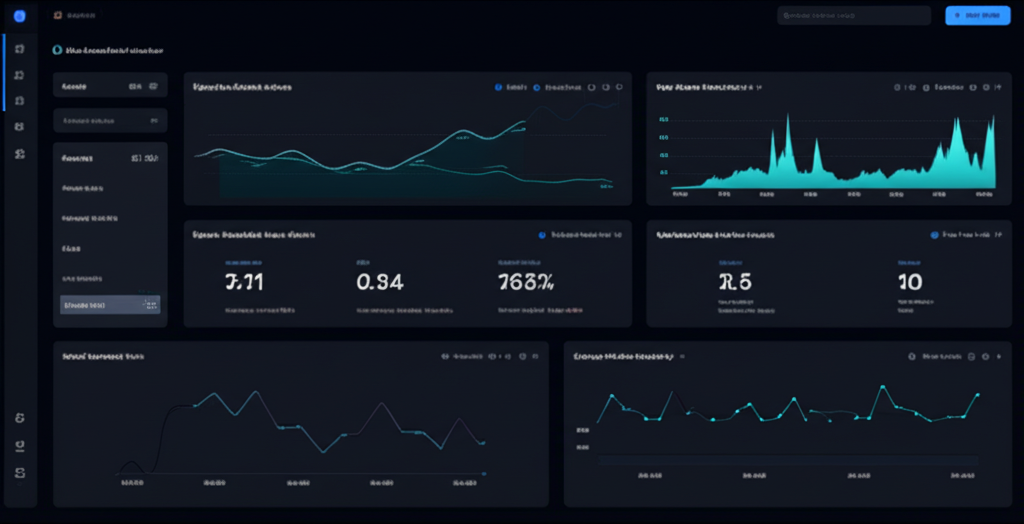Building a scalable SaaS application requires careful planning and the right architectural decisions from day one. In this comprehensive guide, we'll explore the essential patterns and practices that will help your application handle millions of users while maintaining performance and reliability.
Understanding Scalability Fundamentals
Scalability isn't just about handling more users—it's about maintaining performance, reliability, and cost-effectiveness as your application grows. There are two main types of scaling: vertical (scaling up) and horizontal (scaling out).
Vertical vs Horizontal Scaling
Vertical scaling involves adding more power to existing machines, while horizontal scaling involves adding more machines to your pool of resources. For SaaS applications, horizontal scaling is typically more cost-effective and resilient.
Database Architecture for Scale
Your database architecture is often the first bottleneck you'll encounter. Consider implementing:
- Read replicas for distributing read operations
- Database sharding for distributing data across multiple databases
- Caching layers with Redis or Memcached
- Connection pooling to manage database connections efficiently
Microservices Architecture
Breaking your monolithic application into microservices allows different parts of your system to scale independently. This approach provides better fault isolation and enables teams to work on different services simultaneously.
Service Communication
When implementing microservices, consider:
- API gateways for routing and authentication
- Message queues for asynchronous communication
- Circuit breakers for handling service failures
- Service discovery for dynamic service location
Caching Strategies
Implementing effective caching can dramatically improve your application's performance:
- Browser caching for static assets
- CDN caching for global content delivery
- Application-level caching for frequently accessed data
- Database query caching
Monitoring and Observability
As your application scales, monitoring becomes crucial. Implement comprehensive logging, metrics collection, and distributed tracing to understand your system's behavior and identify bottlenecks before they become critical issues.
Conclusion
Building scalable SaaS applications requires a holistic approach that considers architecture, infrastructure, and operational practices. Start with solid foundations, monitor continuously, and scale incrementally based on actual usage patterns rather than theoretical requirements.
